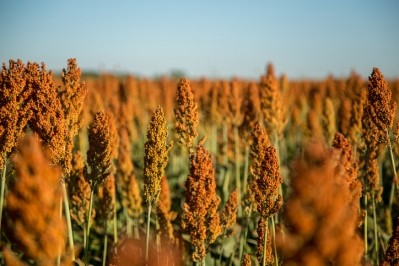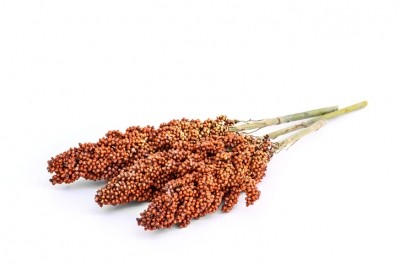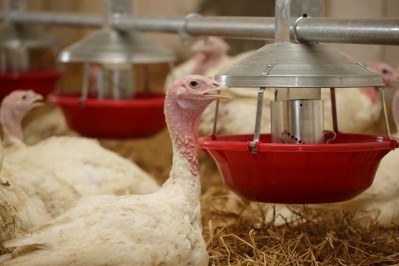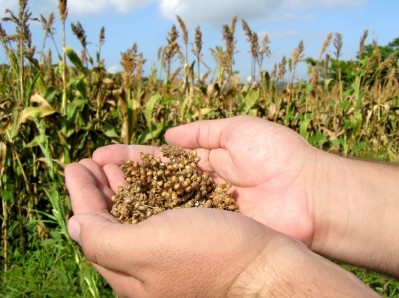Platform championing European grown sorghum for feed, food
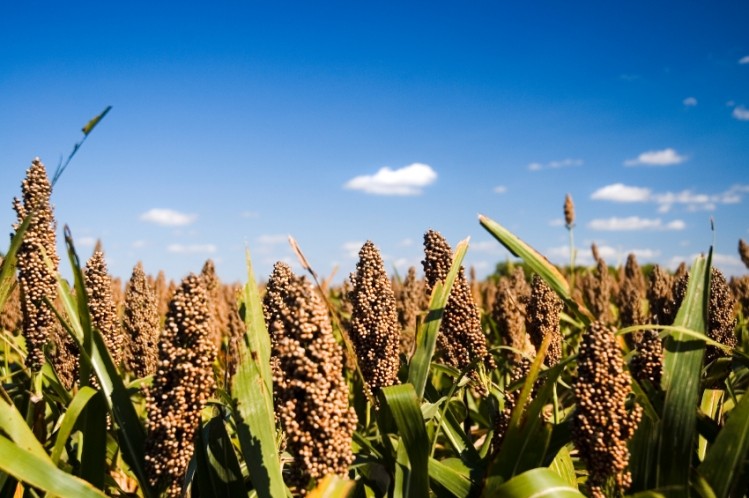
A new platform - Sorghum ID - to drive the development of sorghum cultivation in Europe was launched two months ago. That organization brings together the various European sorghum stakeholders, from seeds to production and manufacturing who want to promote the potential uses of the cereal for human food and animal feed as well as non-food outlets.
The association held its constitutive assembly in Brussels on 26 September 2017.
Energy source
The association said there are many compelling reasons to use sorghum in animal feed. “It offers chemical composition similar to that of corn, but with a slightly higher protein level and energy value. Sorghum can thus be woven into the rations of most livestock sectors.”
Sorghum is also free of tannins, which, when condensed, are considered an anti-nutritional factor. “Thanks to the efforts of growers, however, European sorghum has been tannin-free for 20 years now. This applies to all colors and varieties.”
In poultry, the average energy value amounts to 3,730 kcal/kg MS, with variable quantities incorporated into the ration: 55% for turkeys and 70% for laying hens and roasting chickens. In pigs, the cereal’s digestible energy is relatively high, according to Sorghum ID data.
In Spain, Catalan growers use sorghum to form up to 50% of their pigs’ ration, noted the association.
Existing sorghum volumes
The volumes of sorghum cultivated in Europe are minimal; Sorghum currently covers 250,000 ha in the EU-28 and the EU ranks 6th among global sorghum importers, per EU Commission data.
Sorghum ID says it believes Europe has everything it takes to develop sorghum further as a crop; it said the cereal has a relatively short vegetation period; it is able to take root in all types of soils, has a low fertilizer demand and is able to adjust to climate change.
“By diversifying their crop production thanks to sorghum, growers can enjoy an additional crop with multiple benefits in the face of unpredictable events such as climate, parasite onset, fluctuation in raw materials prices.”
A lack of crop cultivation knowledge
There are still several hurdles to overcome to boost production of sorghum in Europe, commented Frederic Guedj, sorghum market development manager, Euralis, in the July 2017 edition of European Seed.
The market needs to better organized and the processors need to be stimulated, he said. In addition, there is a clear need to develop the storage options and to educate European farmers in terms of optimal cultivation techniques, said Guedj.
Sorghum volumes worldwide
The volume of annual sorghum trade at the global level amounts to 6 to 7 million tons. The principle exporting countries are the US, Argentina and Australia, with China, Japan and Mexico the main buyers. Just over 40% of over 40 million hectares of sorghum production globally goes toward feeding humans, primarily in Africa and Asia. About 40% of the production is used in feed, according to a Sorghum ID publication.
EU funded sorghum promotion programs
The establishment of the Sorghum ID platform builds on other initiatives already undertaken to ensure an increase in European sorghum cultivation. November 2016 saw a sorghum congress run in Bucharest, Romania, followed by the start of promotion programs for sorghum in various European countries, co-funded by the European Commission.
At the initiative of the French inter-branch federation of maize and sorghum seeds producers (FNPSMS), two projects pushing sorghum and sorghum genetics in Europe were tabled in 2016 to the EU institutions, with the aim of receiving EU co-funding for promotion activities.
The EU Commission decided to back both initiatives. Each project has been given a three-year duration grant, aimed at the promotion of grain and silage sorghum as well as hybrid genetics in France, Italy, Spain, Romania and Bulgaria as well as in Russia and Ukraine. The projects got underway in May this year.
The regions were chosen, according to the Commission, due to their climate, potential gains in sorghum acreage and market share.
Sorghum grains yield 7t/ha in Italy, 5 to 6 t/ha in France, and regularly yield over 10 t/ha in areas with good water supply - rain or irrigation - and in Eastern European countries, said Sorghum ID.
